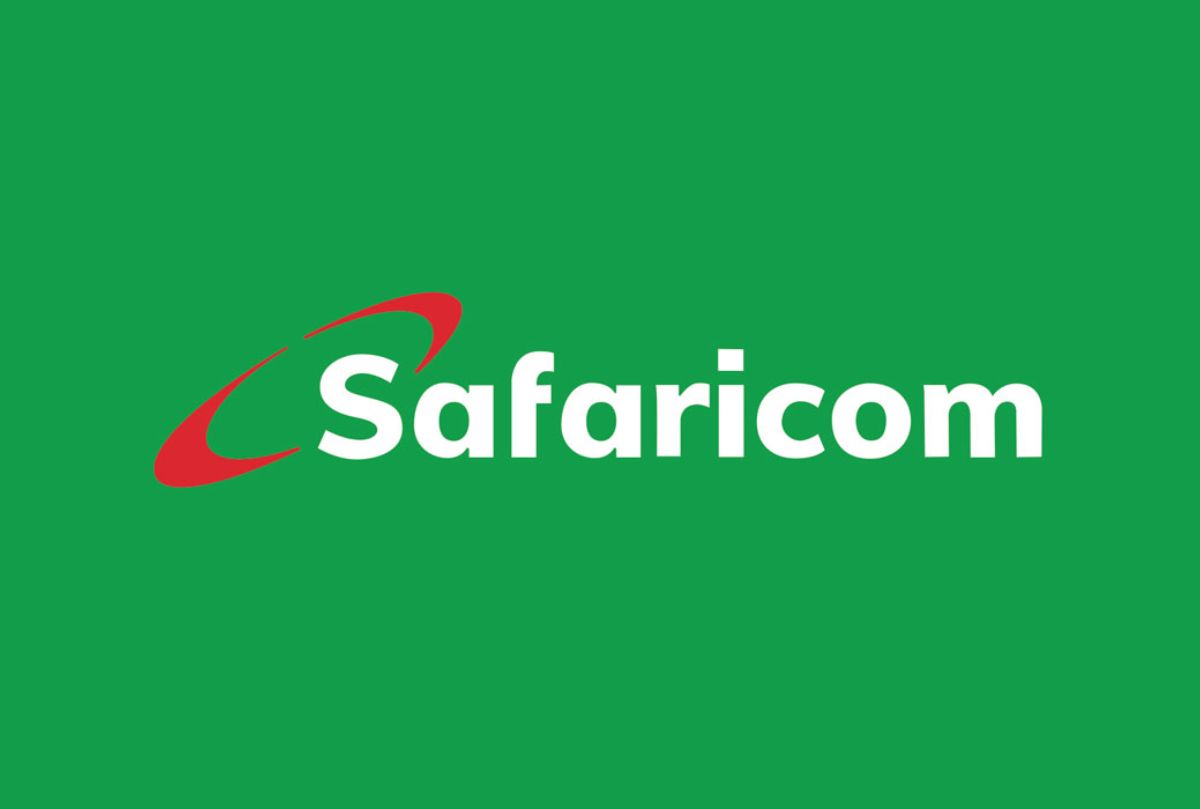
Wednesday 17th September 2025

Por inAfrika Reporter
A quarter-century after launch, Safaricom is celebrating with a number that would have sounded implausible in 2000: over 50 million mobile customers on its Kenyan network. The milestone landed in late July ahead of silver-jubilee moments—and it came with a quieter message that matters even more to investors: regional scale is no longer a corporate vision board; it is an operating reality that changes the earnings mix.
North of Moyale, the Ethiopia bet is maturing. In early July the subsidiary crossed 10 million active customers within three years of commercial launch. That adoption curve is different from Kenya’s first decade; the market is larger, the distribution challenges are unique, and device affordability is a constant headwind. But the network is bedding in, city by city, and the slope of new activations says the core product fits. The inflection was inevitable once the regulator opened the door to mobile money; with an M-Pesa licence in hand since 2023, the rails for peer-to-peer transfers, merchant acceptance, and wallet-to-bank flows are being laid with local partnerships and compliance built into the design.
The strategic logic is straightforward. Kenya remains the cash-flow engine—M-Pesa’s density across consumers, agents, and merchants is an annuity that funds the group’s appetite for long-cycle growth. Ethiopia adds an option on scale with different seasonality and a different regulatory cadence. As sites commercialise, losses narrow; as mobile money gains trust, average revenue per user begins to layer beyond voice and data. Across the group, that reduces single-market earnings risk and smooths dividend capacity through the cycle. The market has noticed: anniversary commentary in early September dwelt less on “if” and more on “how fast” Ethiopia becomes self-funding.
There are frictions no slide can hide. Hard currency access dictates how fast you can import equipment and settle suppliers. Security and right-of-way issues create pockets of fragility that require redundancy. And the 4G device gap is real; if app-layer services are to blossom, creative financing and bundling will have to bridge the affordability canyon. Yet the home playbook is remarkably portable: merchant acceptance first, then API-driven use-cases for SMEs, then credit-and-savings products built on behavioural data—always within the perimeter set by Ethiopia’s regulators. The fact that the licence exists, with a clear legal basis and supervisory counterpart, removes the existential uncertainty that haunted the venture’s early months.
The optics of “twenty-five” are nice, but the substance is better. Crossing 50 million at home and 10 million next door within weeks of each other reframes the group as a regional telecom-fintech platform with two growth engines at different stages of burn-in. For boardrooms across East Africa, the takeaway is not that luck finally showed up; it’s that patience did. Scale hurts before it helps, and then, suddenly, it pays back every shilling that believed early


